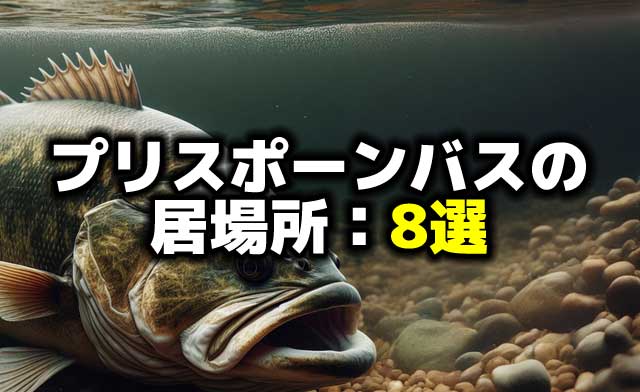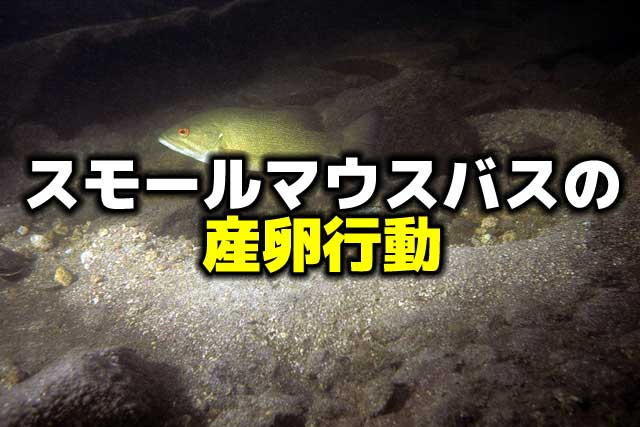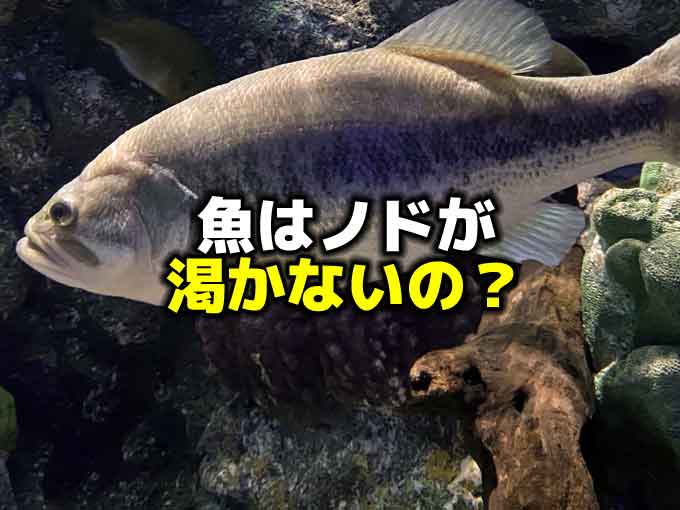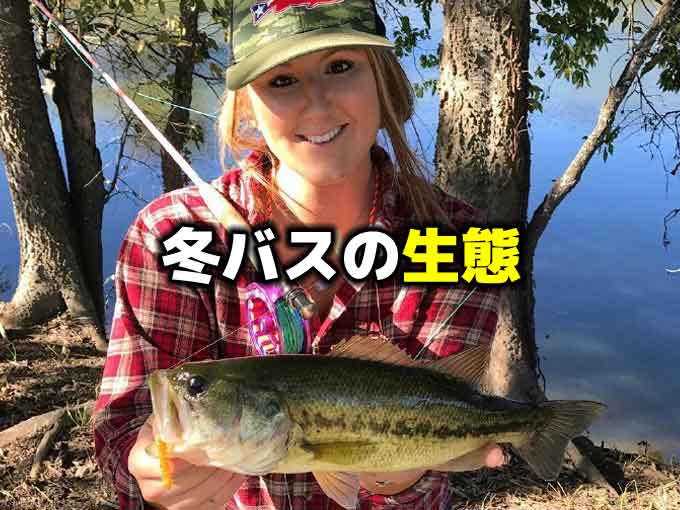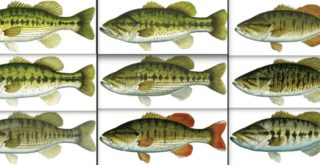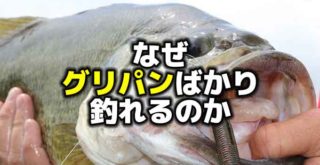バスの一生:卵から大型化までの壮絶な道のり
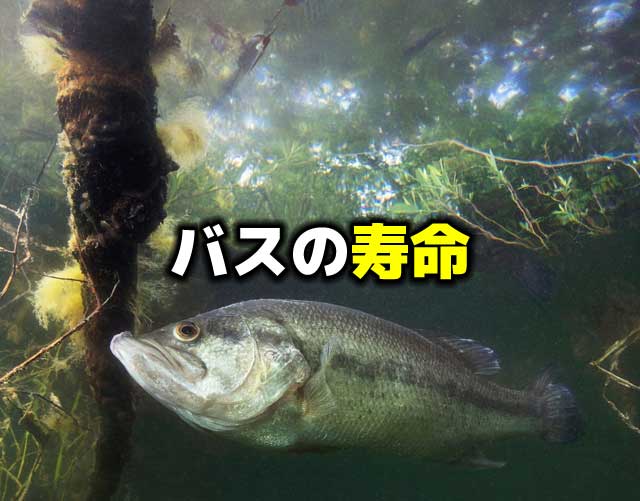
数万個の卵から最後まで生き残るのはわずか。一方で長生きをする個体もいるブラックバス。この記事では、バスの卵から成長するまでの過酷さが書かれています。生存を賭けた厳しい現実に、釣り人なら何かしら考えさせられる記事だと思います。
こんにちは!店長の小山です!
私たちが大好きなバス釣りとバスという魚。
皆さんはブラックバスの寿命がどれくらいあるかご存知でしょうか。
人間も陸上の野生動物にも寿命がありますが、水中の生き物にも当然寿命はあります。そしてどの生き物も、生活環境によって寿命は前後するようです。たとえば野生なのか、飼育されたものかでずいぶん違うようですね。
参考までに野生の鯉やソウギョの寿命は50年~70年、ナマズも60年、ウナギが20~30年、ニジマス・イワナが6~8年、タナゴ・オイカワが3~4年という感じに、大型魚の方が寿命が長くなりやすい傾向があるようです。飼育するともっと長くなるようです。
さて、いよいよブラックバスの寿命はどれくらいなのでしょうかね。
この記事は、アメリカのゲームフィッシング専門メディア「field and stream」の記事で、ライターのシェイ・ベイカー氏が、ブラックバスの生態や寿命について解説しています。
また、気になる空気中での寿命(限界)についても触れています。バス釣りをより深く楽しむため、ぜひ最後まで読んでみてください。
バスはどれくらい生きるのか?
Answering the question “how long do bass live” can be a little challenging, considering there are dozens of types of bass existing in hundreds, if not thousands, of diverse fisheries.
When it comes to largemouths, the short answer is, bass live about 5 to 10 years, though they can live upwards of 20 years. And their life expectancy can be cut drastically short by a whole host of variables. Let’s take a look at some of those variables now in trying to better answer the question: how long do bass live?
Why Some Live Shorter Lives
There’s a good chance a bass may never live at all. That is to say, the egg laid on a bed by a female bass may never even be able to hatch, as predators begin to terrorize a bass’ bed as soon as the eggs are laid. Bream, bluegill, crawfish, and other predators regularly attempt to feed on the eggs of a bedding bass, while the bass do their best to protect their unborn offspring.
Once the eggs are fertilized by the male and hatch, the fight for survival is far from over. These small bass, commonly known as fry, are now tasked with swimming for their lives, as the bream, bluegill, and other small fish continue to attack them. And there’s a new threat now, as the mother of these babies often turns cannibalistic and tries to feed on her own young. The male bass typically sticks around to “guard the fry” against threats, both foreign and domestic.
Though female bass lay tens of thousands of eggs at a time, it’s likely that only a handful of the bass from each spawn reach a year of age. Those that do survive to this stage of life begin to spawn themselves, doing their best to beat the odds and further the species.
Why Some Live Longer Lives
Bass that survive the gauntlet of the first year typically have a good chance to survive and thrive. Sure, some may get pulled from the water and tossed in the frying pan by a meat fisherman, but otherwise bass are pretty resilient and grow quickly to be one of the more dominant species of fish in their particular habitat. In a small creek, a bass may not reach a pound by the end of the first year, and top out at 2 pounds late in its life. In a southern fishery with a warm, long growing season, a bass may reach 2 pounds in the first year of its life and pack on multiple pounds of meat year after year.
Though bass grow faster and larger in warm water, they live longer in colder water. A 6-pound bass in the southern US may be only 2 or 3 years old, where a 6-pound bass in the northern US or Canada may well be 15 years old. The cooler waters are less stressful on the bass’s system, and the slow growth is more sustainable.
How Long Do Bass Live Out of Water?
How long do bass live out of water? Many anglers would like to know this so that they can ensure the fish survive the gauntlet of being caught, photographed, and/or weighed.
Research has shown that bass can survive out of the water for more than 10 consecutive minutes. And if you’re wanting to successfully practice catch and release, this is great news, since there would never be a reason to keep a fish out of the water even this long, much less any longer.
However, it is worth noting that there are several variables that could make survival less likely. If, for example, the water is hot (over 80 degrees) and the bass was caught deep (more than 10 feet), you’ll want to get the fish back into the water as soon as possible.
Pulling fish up from deep, cool water into the hot water along the surface and then exposing them to even hotter air temps above the water can shock the fish’s system and make survival difficult if the bass is kept out of the water for an extended period of time. Best to snap a pic if you’d like and then slip the fish back into the water (or into an adequately insulated and aerated livewell if you’re competing in a tournament), to increase the odds of the bass surviving the ordeal with minimal ill effects.
Bass survive the longest when:
The water temperature in the fishery never exceeds 80 degrees
Oxygen levels are high, typically due to current or vegetation being present
They are the largest predatory member of the food chain
The fishery doesn’t suffer from overfishing by anglers
The fishery doesn’t suffer from overpopulation of bass
The bass do not remain out of water for more than a few minutes
Food is plentiful
Cover is plentiful
Water clarity is good
Water quality is good
バスの寿命についていっぺんに回答するのは少し難しいと思います。なぜなら、バスの種類は十数種にもなり、生息する場所も数百、数千と多様だからです。
ラージマウスバスに関して言えば、簡単に言えば5年から10年ほど生きますが、20年以上生存することもあります。ただし、様々な要因によってバスの寿命は大幅に短くなる可能性があります。
それでは、「バスはどれくらい生きるのか」という問いにより正確に答えられるよう、それらの要因を見ていきましょう。
寿命が短いバスがいる理由
バスは卵として産まれた時点で生き残れないこともあります。メスのバスが卵を産卵床に産むと、すぐにブルーギル、ザリガニ、その他の捕食者が卵を襲ってくるのです。バスはできる限り子孫を守りますが、捕食者に卵を食べられてしまうことがよくあります。
卵が無事に受精され、ふ化してフライ(稚魚)になっても、生き残りの道のりは終わりません。この小さなバスは、今度はブルーギルなどの小魚に襲われ、必死で逃げ回ることになります。さらに意外な事実として、母バス自身が我が子を食べてしまうこともあるのです。通常、オスのバスが巣に残り、外部からの脅威だけでなく、メスバスの脅威からも稚魚を守ります。
メスバスは一度に数万個の卵を産みますが、そのうち1歳を迎えられるのはわずかな数の稚魚にすぎません。
生き残った稚魚はいずれ産卵ができるようになり、種の存続を賭けて生き残りに最善を尽くします。
寿命が長くなるバスがいる理由
1年目の難関を乗り越えられれば、バスはその後は比較的長生きできる可能性が高まります。釣り人に食べられてしまうバスもいますが、基本的にはバスはかなり丈夫で、成長も早く、住む場所によっては生態系の頂点に立ちます。小さなフィールドでは1年目に1ポンド(約0.45kg)にもなれず、最高でも2ポンド(1キロ)が限界かもしれません。一方、南部の温かい気候のフィールドでは、1年目には2ポンドに達し、そこからはずっと毎年数ポンドずつ太っていきます。
温かい水ではバスの成長は速いものの、寒冷な水域のほうが寿命は長くなります。アメリカ南部の6ポンド(約2.7kg)のバスは生後2、3年のものかもしれませんが、北部やカナダでは同じ6ポンドでも15年は生きている可能性が高いのです。冷たい水は代謝にストレスが少なく、ゆっくりとした成長の持続が可能なのです。
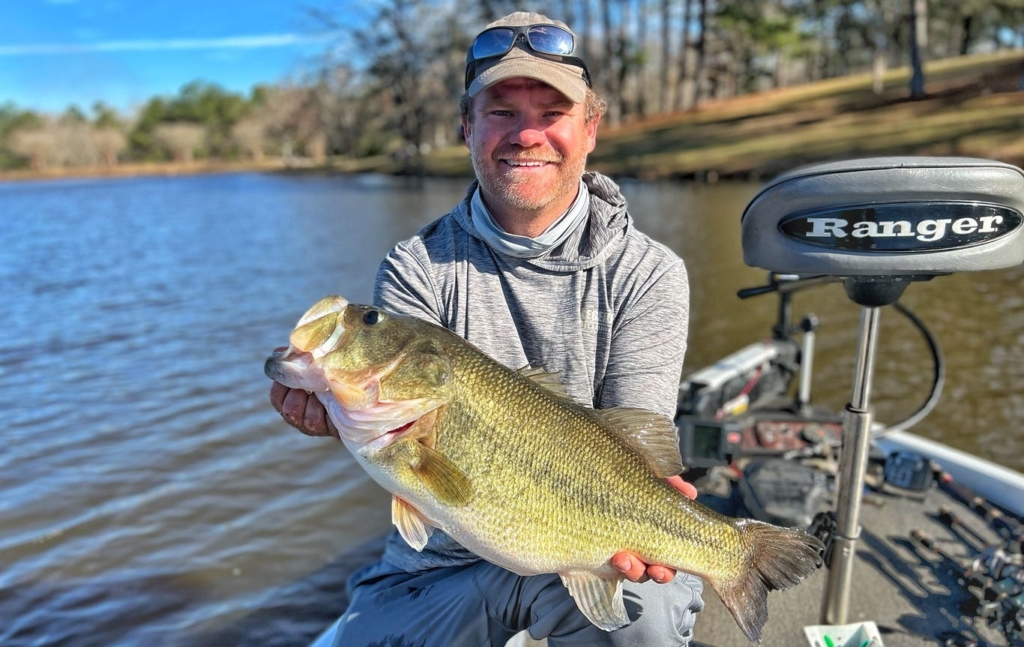
水中にいない間のバスの生存
釣り人としては「釣り上げた後、どれくらいの間バスは生き延びられるか」が気になるところでしょう。写真撮影や計測をしますから、この情報は重要です。
研究によると、バスは水中にいなくても10分以上も生き延びられるそうです。普通であれば、写真撮影やサイズ計測に10分もかからないでしょうから、バスにダメージを与えることはないはずです。
ただし、生存率を下げる可能性のある条件もいくつかあります。例えば水温が約27℃を超えており、10フィート(約3m)より深いレンジで釣れたバスの場合は、できるだけ早く水に戻す必要があります。
ディープの冷たい水から引き上げられ、表層の高温の水や空気にさらされると、バスの体に大きなショックを与えてしまいます。長時間水中にいなければ生き延びられない可能性が高くなるのです。写真を撮るなら素早く済ませ、大会出場中ならライブウェルに入れるなどして、できるだけ早く水に戻すのが賢明です。そうすればバスはダメージを最小限に抑えられるでしょう。
バスが長生きできる条件
- 水温が約27℃を越えない
- 酸素が豊富(水流や水草があると良い)
- 最上位の捕食者である
- 釣り人による過剰な漁獲がない
- バスの過密状態でない
- 水中にいない時間が数分程度
- 餌が豊富
- 隠れ家となる構造物が豊富
- 水質が良い
- 水がきれい
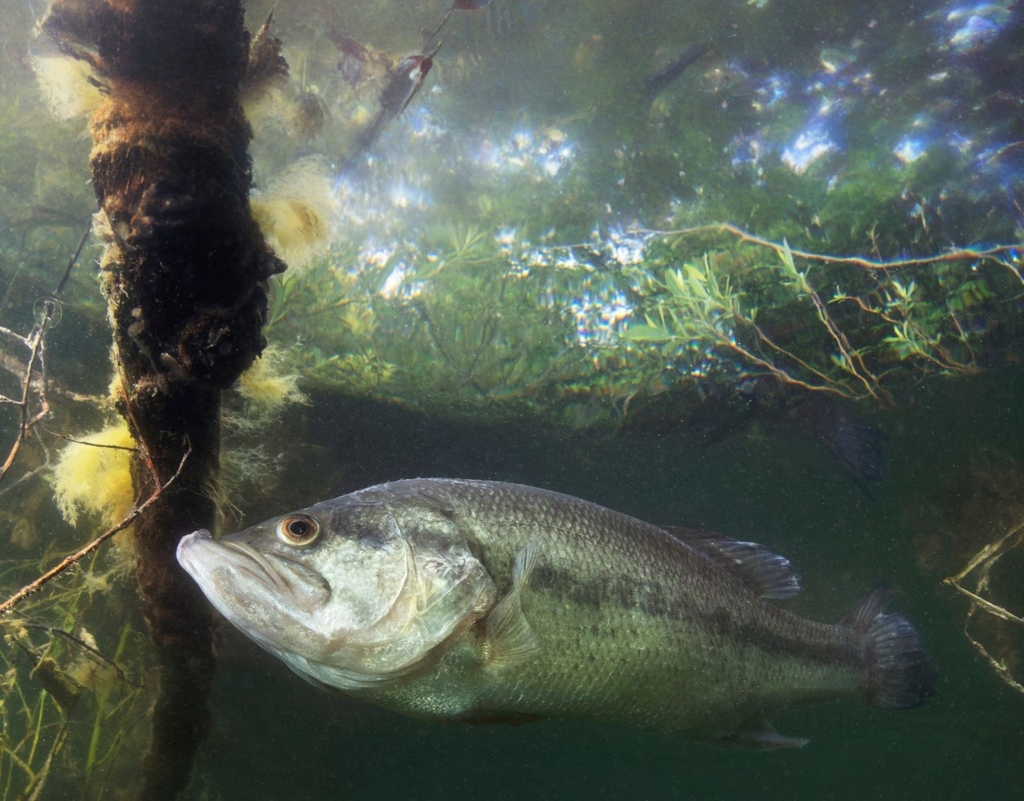
この記事を読むと、バスの一生がいかに壮絶で、もろいものであるかを改めて実感しますよね。
卵の段階から既に捕食者のターゲットとなっていて、ふ化してもまだ全然安心できる状況ではありません。自分を生んだ母バスに食べられてしまう可能性さえあるのですから、バスの子孫繁栄のためには本当に高いハードルを乗り越えなければならないんですね。
数万個の卵から最終的に1歳を迎えられるのはほんのひと握りだけというデータは、釣り人としてより感謝やリスペクトを感じる気持ちになりました。
また、この記事を読むかぎりでは、難関を乗り越え大人になったバスはなかなかの長生きをする可能性があることも分かりました。気候や環境次第では、10年から20年以上の寿命になるそうです。
いずれにしても、釣り人がバスを釣り上げた後はできるだけていねいに扱い、できる限り早く水に無事に戻す必要があると思わされますよね。
長い年月を経て大型になったバスには、その優秀なDNAを失ってほしくないという気持ちにもなります。
バス釣りは、生態系の頂点に位置するバスと被捕食者という、残酷で非情に営まれるサイクルを楽しむ文化と言えます。そして私たち釣り人とは、そのサイクルの中に割って入り、獲物を狩る側に回る存在になります。しかし同時に、先ほどもリスペクトという言葉を使いましたが、相手もまた長い年月を経て生き抜いてきた強者であることを忘れないようにしたいと思います。
私は人間としても釣り人としても未熟ですし、生態系のことや環境のことも詳しくありませんので、バス釣りはこうあるべき、みたいな自分の意見はありません。しかし、釣りというのは単なる趣味の域を超えて、自然の摂理と向き合い、自然そのものを感じるものでもあると思います。
バス釣りや他の釣りを通して感じた大自然への感想や想いは、自分の中で大事にしていきたいと思います。
みなさんは、バスの寿命を知り、どんなことを感じましたか。
それではまた。
毎度ありがとうございます!





